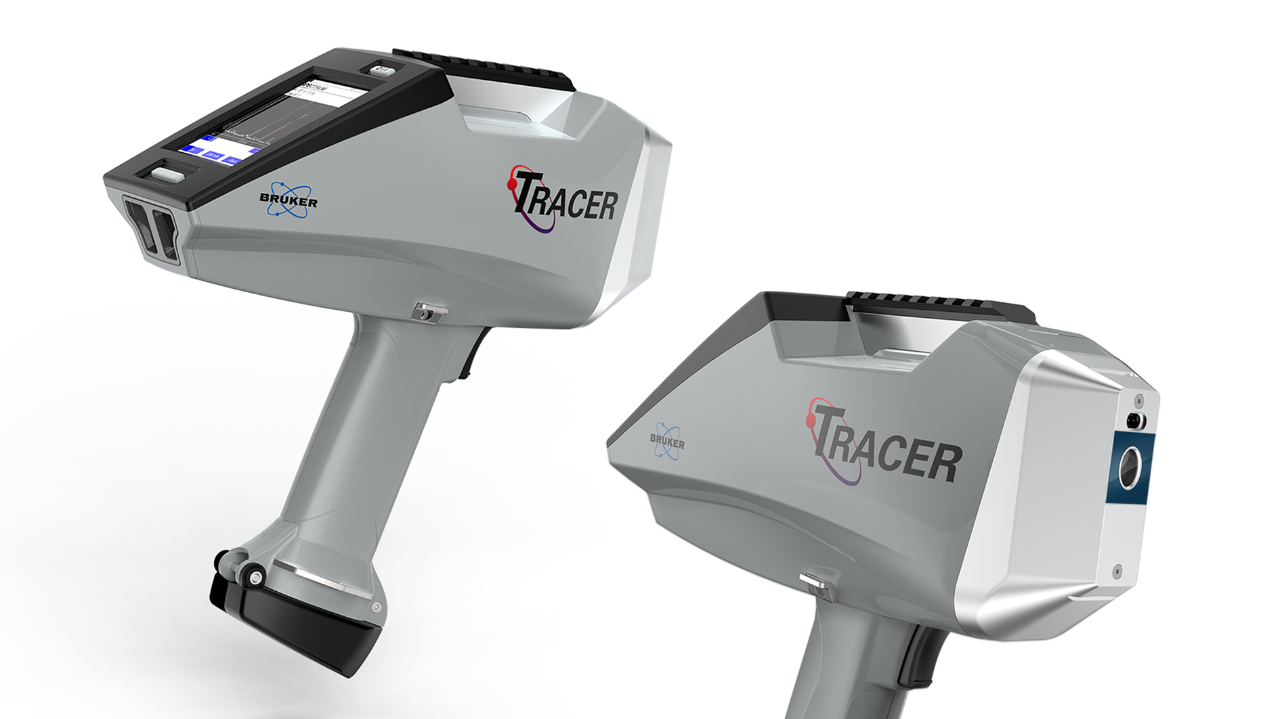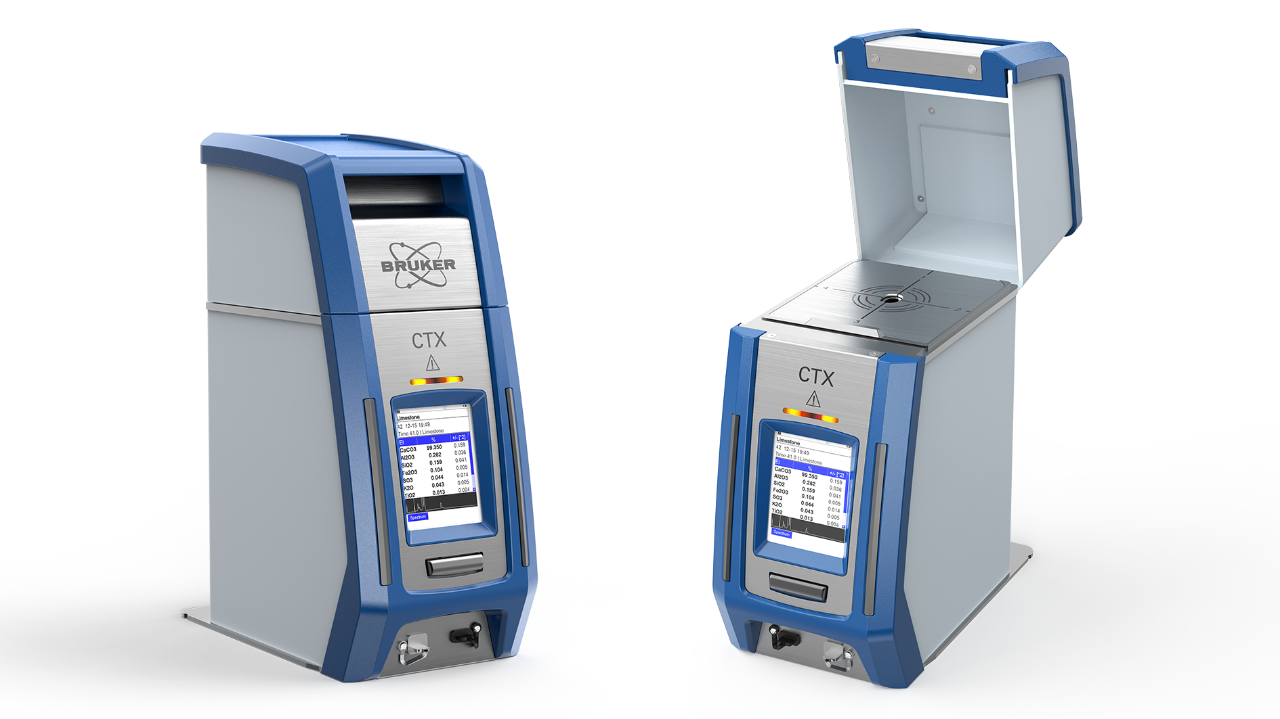Handheld XRF Basics
Elemental Analysis with a Portable X-ray Fluorescence Spectrometer
What is an XRF Gun?
An X-ray fluorescence spectrometer (XRF) is an instrument used for elemental analysis of a variety of different materials. Some examples include: metal alloys, precious and exotic metals, plastic, soil, ore, ceramic, paint, paper, mineral assay. XRF is an elemental technique which measures the amount of various elements within a sample. Handheld XRF (HHXRF) is unique in that you can take the battery operated analyzer to the sample rather than bringing the sample into the lab. This is especially useful when the test specimen is large or heavy.
The results of the assay are given on a build-in LCD display. Typical results will display a table listing all elements that the analyzer detected, as well as the concentration of each element. Handheld XRF analyzers can be equipped with calibrations that allow you to measure metals, including precious metals; ore and mineral samples; heavy metals in consumer goods and many other types of sample.
Identification of Chemical Elements and Alloy Grade ID
With the appropriate metal calibration, the analyzer can identify the grade of alloy in addition to the list of elements- Bruker’s handheld XRF analyzers are capable of identifying over 1,000 common alloys. Analysis time varies depending on the material and the desired accuracy. More analysis time equals greater accuracy. For metal alloys, this means 2-3 second grade ID’s and 5 seconds for elemental chemical analysis (excluding light elements). In addition to standard industrial alloys, the handheld XRF analyzer is a very rapid way of analyzing precious metals. With the appropriate mining calibration, the analyzer can become a very versatile exploration tool, giving you a good indication of the presence or absence of a particular ore and the concentration profile vs. position. In mine production, the analyzer provides information which can help guide you in controlling the feed to the mill.
Another application of handheld XRF analyzers is the detection of toxic heavy metals in almost any type of consumer product. The most common element determined in this application is lead (Pb), but the unit is also capable of detecting mercury (Hg), cadmium (Cd), selenium (Se) and many others.
Handheld XRF has also become very popular in analysis of Art and Archeological artifacts as well as for research into analysis of almost any sample. The analytical precision and accuracy of Handheld XRF analyzers approaches that of laboratory analyzers but in a package which can be taken to the sample for measurement rather than bringing the sample to the laboratory.
Depending on the area of application or the industry, a handheld XRF analyzer can also be known as XRF device, lead testing gun, XRF alloy sorter, XRF gold tester, XRF instrument, material tester, XRF scanner or XRF machine.


